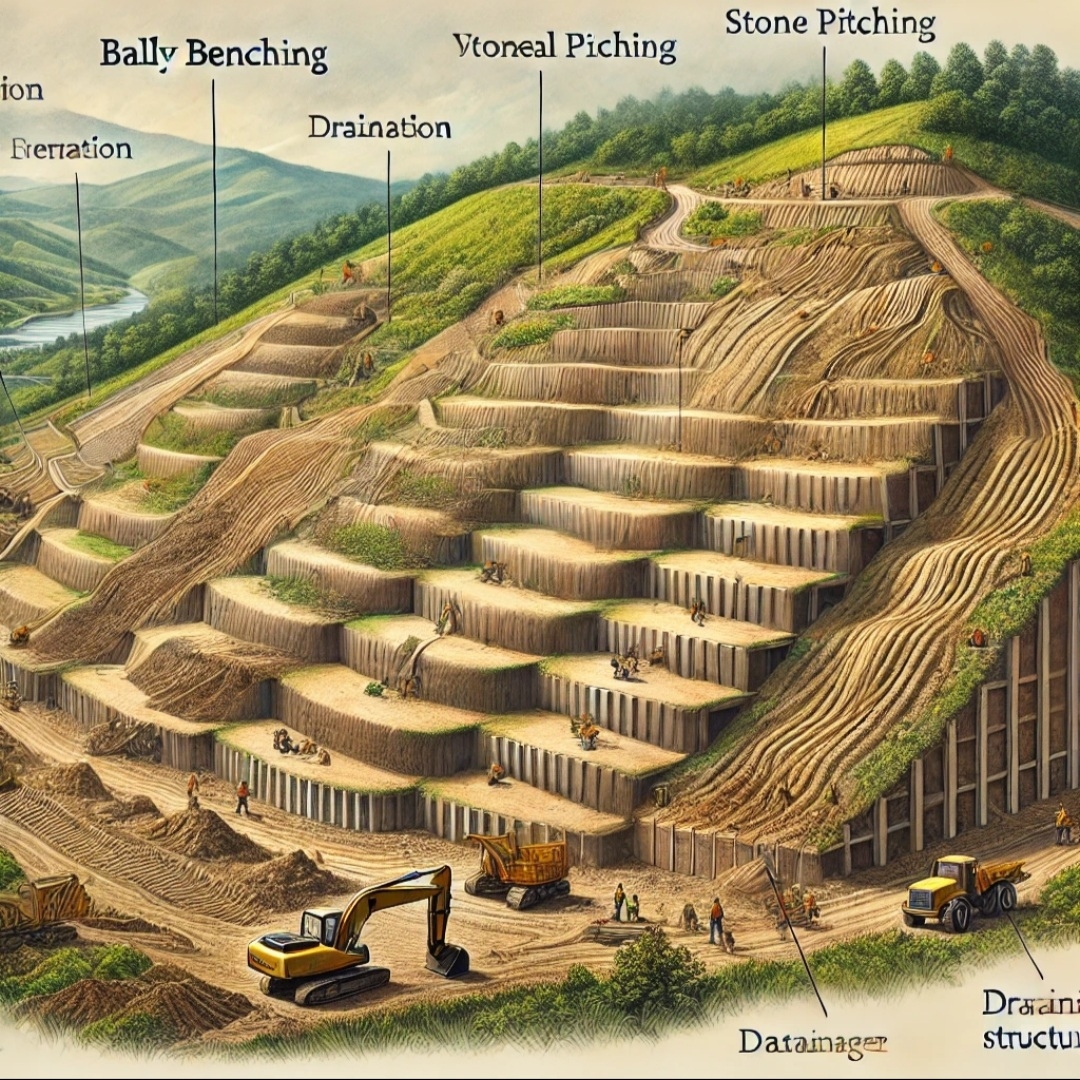Structure Design
Friday, December 12, 2025
Defence Minister Shri Rajnath Singh today virtually inaugurated 125 major infrastructure projects across the country.
DM Gaurav Kumar Chairs Review on Land Transfer, Arbitration & Highway Widening
District Review on NH-07: Land Transfers & Road-Widening Progress
Under the chairmanship of District Magistrate Gaurav Kumar, a review meeting was held on Thursday with NHIDCL, BRO, and the Rail Vikas Nigam regarding pending cases related to land acquisition, transfer of forest and civil land, and road-widening issues. He directed that all pending land-transfer matters be resolved promptly so that the remaining project works can be completed without delay. He also instructed that swift action be taken in arbitration-related cases as per the decisions already issued. Coordination with the respective tehsils was emphasized to ensure timely disposal of mutation cases.
Regarding the remaining widening work on National Highway-07 between Nandprayag and Chamoli, particularly near Chada (Chamoli), the District Magistrate instructed NHIDCL to coordinate with the SDM to expedite the widening activities. He stressed that traffic must not be disrupted during road-cutting operations. Additionally, he directed the agency to construct protective walls at the dumping zones and level the area to ensure safety.
#Chamoli #NH7 #BadrinathHighway #LandAcquisition #RoadSafety #NHIDCL #BRO
Thursday, April 17, 2025
Break Through Done at Silkyara Tunnel :
Tuesday, March 4, 2025
What is Bally Benching Process?
Sunday, January 19, 2025
125 किलोमीटर लंबी ऋषिकेश-कर्णप्रयाग रेल परियोजना
125-kilometer-long Rishikesh-Karnaprayag rail project
Kedarnath Forest Division for installing these advanced bio-digester toilets
Defence Minister Shri Rajnath Singh today virtually inaugurated 125 major infrastructure projects across the country.
🇮🇳 A proud moment for the nation! Defence Minister Shri Rajnath Singh today virtually inaugurated 125 major infrastructure projects across...
-
Embedment length The length of embedded steel reireinforcement, 1 provided beyond a critical section. The fibre length also defines the e...
-
Direction Signs These are required at traffic control zones to provide the necessary information and guidance for the alternative route and...













